Vietti Barbera d'Alba Scarrone 2022
-
Robert
Parker - Vinous



Product Details
Your Rating
Somm Note
Winemaker Notes
Ruby purple color with intense aromas of ripe red and black cherries. With refreshing acidity, rich tannins, full body, the single vineyard Scarrone has finesse, excellent balance, great complexity, integration and a long lingering finish.
Pair with earty stews, seasoned pasta and poultry with rich sauces, game, roasted red meats and sharp cheese.
Professional Ratings
-
Robert Parker's Wine Advocate
This was a good year for Barbera, a grape that has a shorter growing season compared to Nebbiolo and that generally likes the heat. The Vietti 2022 Barbera d'Alba Vigna Scarrone offers a deep, rich color, sweet tannins and bold fruit flavors from vines that were planted in 1989. Scarrone fruit always has a point of freshness because these vines are positioned on the east-facing slope, whereas the Vigna Vecchia occupy the south-facing part of the hill. The wine ages in oak for 16 months, with 10 months in barrique and six months in botti. Rating: 94+
-
Vinous
The 2022 Barbera d'Alba Vigna Scarrone is a classy, elegant wine. Today's Scarrone marries finesse and power with notable style. Racy dark red plum, mocha, new leather, licorice and spice are all beautifully delineated. This deep, classy Barbera is lights out.
Other Vintages
2021-
Robert
Parker -
James
Suckling -
Wine
Enthusiast -
Wine
Spectator
-
James
Suckling -
Robert
Parker
-
Wine
Enthusiast
- Decanter
-
Robert
Parker -
James
Suckling -
Wine
Spectator
-
James
Suckling -
Robert
Parker - Decanter
-
Wine
Spectator
-
Wine
Spectator
-
Wine
Spectator
-
Robert
Parker -
Wine &
Spirits -
Wine
Enthusiast
-
Wine &
Spirits -
Robert
Parker -
Wine
Spectator
-
Wine
Spectator
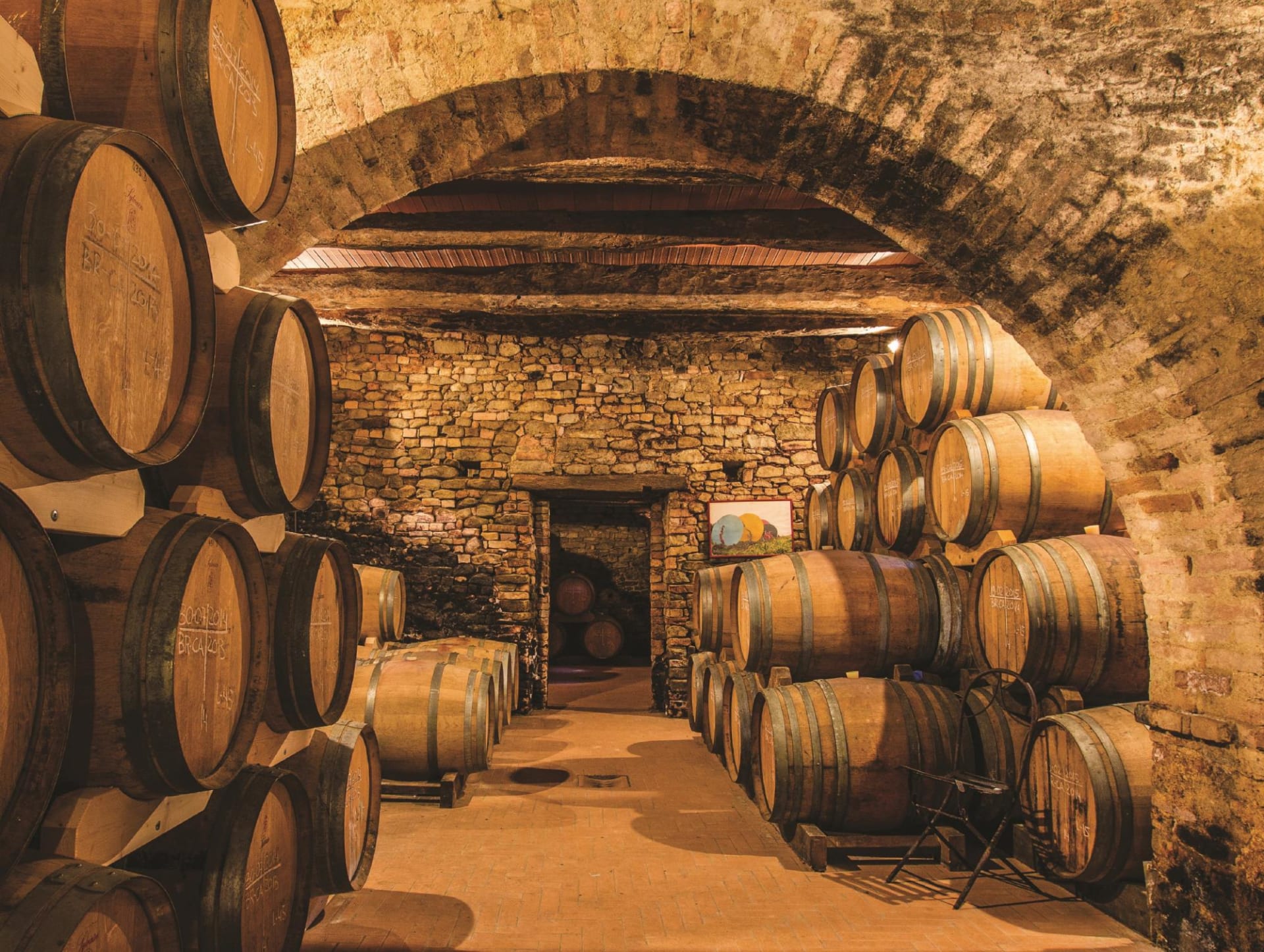
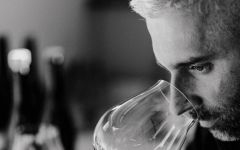



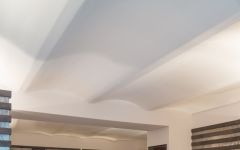
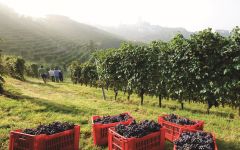
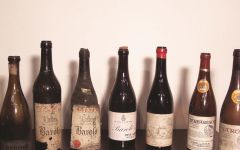
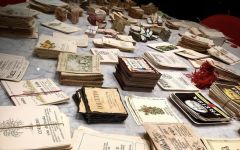
Located in the heart of the Langhe hills, at the top of the village of Castiglione Falletto, the Vietti wine cellar was founded in the late 1800's by Carlo Vietti. The estate has gradually grown over the course of time, and today the vineyards include some of the most highly prized terroirs within the Barolo and Barbaresco winegrowing areaS.
Although they have been making wine for four generations, the turning point came in the 1960's when Luciana Vietti married winemaker and art connoisseur Alfredo Currado, whose intuitions - from the production of one of the first Barolo crus (Rocche di Castiglione - 1961), through the single-varietal vinification of Arneis (1967) to the invention of Artist Labels (1974) - made him both symbol and architect of some of the most significant revolutions of the time.
Alfredo’s intellectual, professional, and prospective legacy was taken up by Luca Currado Vietti (Luciana and Alfredo’s son) and his wife Elena, who contributed greatly to the success of the Vietti brand before their departure in 2023. In 2016 the historic winery was acquired by Krause family. Over the last seven year, they have added a number of prized crus to the estate’s holdings. In 2022 the winery was named Winery of the Year by Antonio Galloni of Vinous.
Vietti is universally recognized today as being one of the very finest Italian wine labels - by continuing along the path of the pursuit of quality, considered experimentation and working for expansion and consolidation internationally.

Friendly and approachable, Barbera produces wines in a wide range of styles, from youthful, fresh and fruity to serious, structured and age-worthy. Piedmont is the most famous source of Barbera; those from Asti and Alba garner the most praise. Barbera actually can adapt to many climates and enjoys success in some New World regions. Somm Secret—In the past it wasn’t common or even accepted to age Barbera in oak but today both styles—oaked and unoaked—abound and in fact most Piedmontese producers today produce both styles.

An historic village situated right in between the famous regions of Barolo and Barbaresco, Alba is also the name for the larger wine region surrounding the village.
In a sense, “Alba” is a catch-all phrase, and includes the declassified Nebbiolo wines made in Barolo and Barbaresco, as well as the Nebbiolo grown just outside of these regions’ borders. In fact, Nebbiolo d’Alba is a softer, less tannic and more fruit-forward wine ready to drink within just a couple years of bottling. It is a great place to start if you want to begin to understand the grape. Likewise, the even broader category of Langhe Nebbiolo offers approachable and value-driven options as well.
Barbera, planted alongside Nebbiolo in the surrounding hills, and referred to as Barbera d’Alba, takes on a more powerful and concentrated personality compared to its counterparts in Asti.
Dolcetto is ubiquitous here and, known as Dolcetto d'Alba, can be found casually served alongside antipasti on the tables of Alba’s cafes and wine bars.
Not surprisingly, given its location, Alba is recognized as one of Italy’s premiere culinary destinations and is the home of the fall truffle fair, which attracts visitors from worldwide every year.
